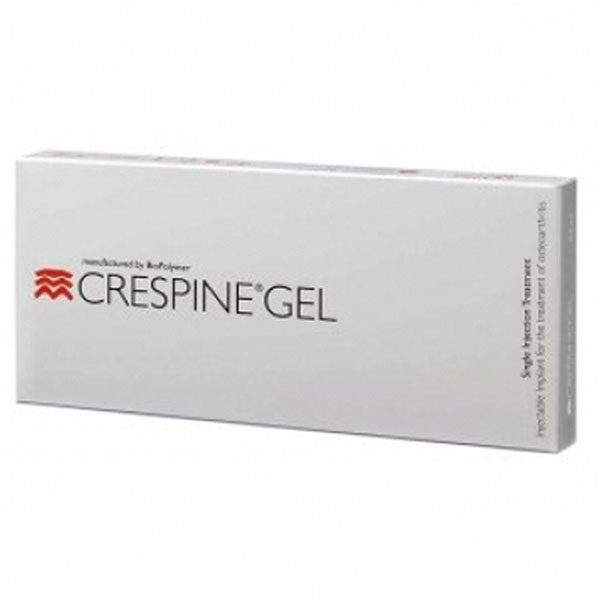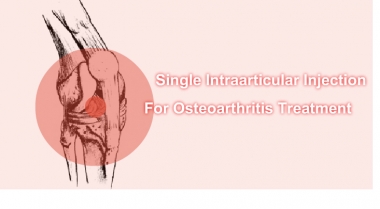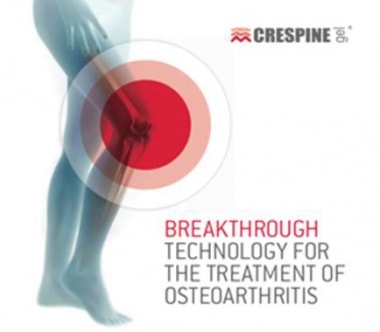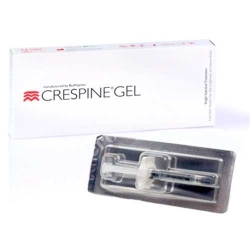About Osteoarthritis
steoarthritis is caused by the breakdown of cartilage. Cartilage is the tough elastic material that covers and protects the ends of bones. Bits of cartilage may break off and cause pain and swelling in the joint between bones. This pain and swelling is called inflammation. Over time the cartilage may wear away entirely, and the bones will rub together. Osteoarthritis can affect any joint but usually affects hips, knees, hands and spine.
Osteoarthritis is a disease that affects joints in the body. It can involve any joint, but usually concerns hands and weight-bearing joints such as hips, knees, feet and spine. Cartilage is the tough elastic material that covers and protects the ends of bones. In healthy joints cartilage acts as a shock absorber when you put weight on the joint. The slippery surface of the cartilage allows the bones to move smoothly. When a joint develops osteoarthritis the cartilage gradually becomes rough and thin, and the bone underneath thickens.
Osteoarthritis is classified as non-inflammatory arthritis. This suggests that there is no inflammation (swelling), but recent research shows that this is not true. Although there is usually no swelling in the early stage of the disease, as the arthritis progresses there can be inflammation. Bits of cartilage may break off and float around inside the joint. This disturbs other soft tissues inside the joint and can cause pain and swelling between bones. The result is you may have trouble moving the joint.
Over time as the cartilage wears down, the bones may form bumps on their ends. These bumps are called spurs. Or, the cartilage may wear away entirely, and your bones may rub together. watchfocus.uk
Information about the procedure for patients
Crespine Gel is a single injection treatment that takes only 10-20 minutes to administer. This reduces the risk of infection. There are no reported side-effects associated with Crespine Gel use. In some cases, a patient may experience some light discomfort at the injection site.
Prior to receiving your treatment, be sure to inform your doctor of any medications that you may be taking. Before any treatment can be given, you must provide the doctor with an x-ray of your knee joint that has been taken no more than 12 months earlier. In a consultation, the doctor will assess whether Crespine Gel is suitable for you.
During the procedure your doctor will clean the injection site and a local anesthetic may also be administered to make the injection with Crespine Gel as comfortable as possible. If there is excess fluid in the knee joint, your doctor may choose to remove it prior to performing the injection.
You will be able to go home immediately after the treatment with Crespine Gel. You should experience no difficulties in walking or driving. You can resume normal daily activity in about 48 hours.Normally the pain relief will last for 6-8 months, and possibly longer. Everyone responds differently, and the degree of deterioration of the joint will play a role in the duration of pain relief. paneraireplica.co.uk





